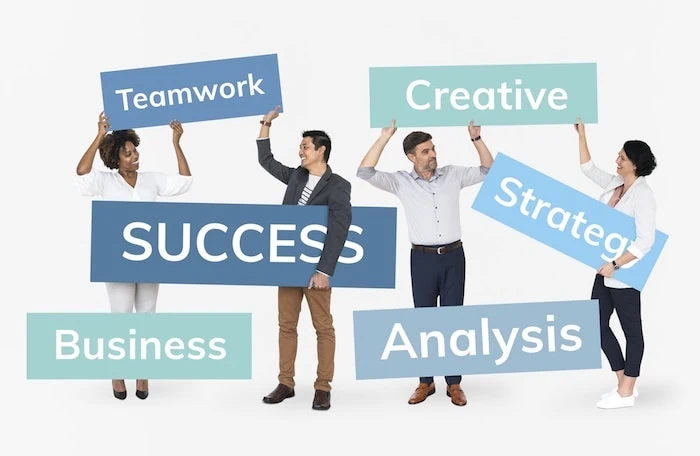In part 1 of this two-part series on High-Performance Teams, we discussed what qualities leaders need to look out for in high-performance teams and what did those qualities suggest and how they benefited a high-performance team.
In this article, we will focus on not just creating a high performance team, but also sustaining a high performance team.
Creating The Team
When it comes to creating a team, the first thing, of course, is assembling the team members at a location where the team is going to be permanently stationed. An equivalent is the avengers coming together at the Avengers HQ to work together as a team. Only once the team has been assembled can the rest of the process begin.
Laying down the groundwork
Once a team has been created, it is important to lay down strong foundations. By strong foundation, I mean, detailing what the team will be primarily working on, who they will report to, which teams they will be interacting with, with regards to work, etc.
Creating a point of contact
Even high-performance teams need leaders. At the very get-go, it is important to establish who the team needs to turn to when they need clarification or have come up against an obstacle. Initially, it makes sense to have a leader who is not a part of the team but can oversee them. Once the team has found its footing and has worked together for a period of time, such that everyone’s personality and quirks become apparent, it becomes easier to pick a leader/second-in-command right from the team itself.
Set the goals
No team can function if they do not have goals. Goals need to be set for high-performance teams. It’s preferable to set them for a quarter instead of the long term. Setting goals for the quarter will help the team see where they stand and what they need to fix and will also give the team manager an idea of how the team performs, what are their areas of excellence and areas of weakness.
Sustaining The Team
Communication at the forefront
Encourage team members to communicate and even more importantly, resolve conflict on their own, without the manager having to step in. Obviously, managers need to step in when conflicts look like they are going to get ugly, but otherwise, it makes sense to let team members sort out issues by themselves.
This way, team members bond faster and learn how to work with each other as well. When conflicts go unaddressed, they foster and eventually cause teams to break-up or divide into two or more factions.
Also read: 10 Ways To Improve Communication At The Workplace
Establishing standards
Teams are sustained when they have standards to adhere to. Standards are different from goals in that, instead of focusing on the end result, they focus on the quality of work. Standards help the team understand that their work is held to a different level of scrutiny and that they must meet those standards in order to continue being considered a high-performance team. For high-performance teams, the criterion of measurement is not just limited to goal completion. Quality of work is also another important criterion.
Compensation and Benefits
When teams do extraordinary work, it makes sense to compensate them accordingly. They cannot be offered the same set of compensation and benefits as everyone else. It makes sense to set certain standards of fairness, but at the same time, it must also be recognized that employees who perform at different levels and whose work output often is high quality need a different set of benefits to remain engaged and committed. When creating high-performance teams it also makes sense to figure out how to compensate them and how to reward them. If you are going to reward star performers the same as everyone else, you will not be able to hold onto those star performers for long. Additionally, ensure that those compensation and benefits fall under reasonable limits. If star performers need benefits or compensation that is no longer feasible for an organization to manage, you have to recognize that and even make the difficult decision to let them go.
How can Engagedly help teams perform better and foster more communication? Request a demo to find out!
Get In Touch With Us
Kylee Stone
Kylee Stone supports the professional services team as a CX intern and psychology SME. She leverages her innate creativity with extensive background in psychology to support client experience and organizational functions. Kylee is completing her master’s degree in Industrial-Organizational psychology at the University of Missouri Science and Technology emphasizing in Applied workplace psychology and Statistical Methods.




